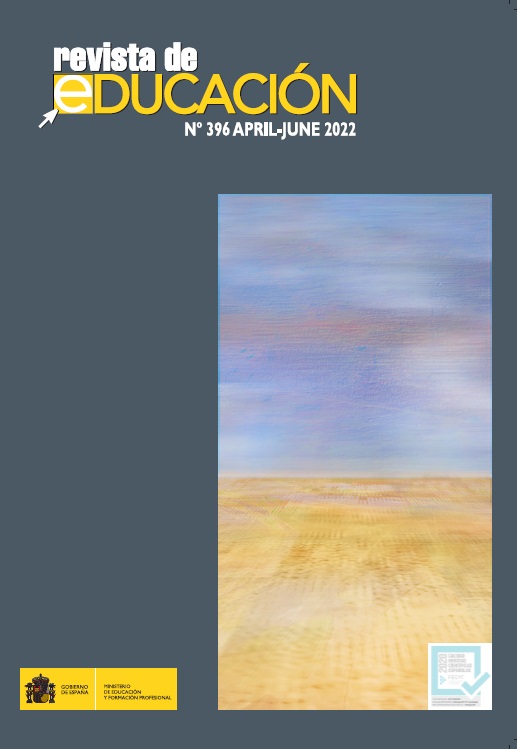Educational trajectories, traceability, and self-perception of grades in post-compulsory transitions
Main Article Content
Abstract
The aim of this article is to describe and analyze the continuities and ruptures in students’ educational trajectories in the transition to post-compulsory education. The incidence of social inequalities and the mediation of the self-perception of school grades in their educational choices are investigated. Using a path analysis model, we analyze data from a follow-up panel of a cohort of young Barcelona students born in 1998. The final sample is 868 young people, out of the initial 2,056, given the attrition. The sample is stratified according to the ownership of the schools (private/public) and the social complexity of the school context. The results show that "non-traditional" educational trajectories are increasingly common among students, with a greater presence of discontinuities, ruptures, and changes of studies in vocational training itineraries and second chance pathways. They also evidence the dichotomy between the de-standardization of young people's trajectories and the rigidities of the educational system and the unequal incidence of social origin and self-perceived grades on educational choices. This places the discussion about results in the sphere of academic and vocational guidance policies and the role of educational agents, particularly secondary schools. The results also highlight the relevance of incorporating longitudinal analysis and its traceability dimension into the study of post-compulsory transitions.
Keywords:
Secondary education, dropout, social inequality, longitudinal studies. (Self-perception)

